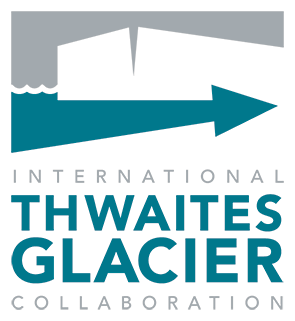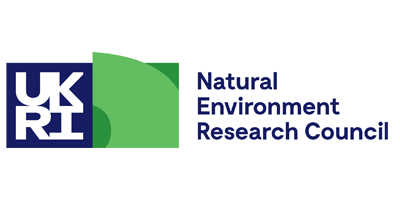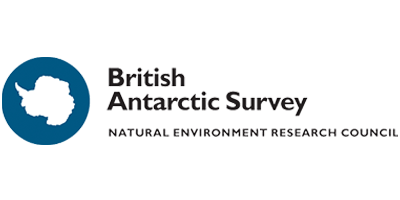GHC update from the field 29 Dec 2019
The GHC team in the Hudson Mountains seem to have all the luck with weather and logistics this year. The team, consisted of two scientists, Professor John Woodward, a glaciologist and geophysicist from Northumbria University and Dr Jo Johnson, a geologist from the British Antarctic Survey, supported by two Field Guides, Ash Fusiarski and Tom King. The team were input to the field camp in the Hudson Mountains on 22nd November from Rothera, the British Antarctic Survey Base on the Antarctic Peninsular. We set up our pyramid tents on an ice plateau at the centre of our primary field area.
From the Guardian: An international team of scientists has reached the Thwaites glacier in Antarctica and is preparing to drill through more than half a kilometre of ice into the dark waters beneath. The 600-metre deep borehole will allow researchers to lower down a torpedo-shaped robotic submarine that will explore the underside of the ice shelf to better understand why it is melting so fast.
TIME update from the field 26 Dec 2019
Greetings from WAIS Divide. Jake Walter here, co-I on the TIME project, which is part of the International Thwaites Glacier Collaboration (ITGC). I am the State Seismologist at the Oklahoma Geological Survey and they have loaned me out to the project to lead the field team this season. Our project includes Eliza Dawson, graduate student from Stanford, TJ Young, postdoc at Cambridge, Stephen Veitch, Research Assistant Professor at University of Texas at El Paso, Julie Baum, British Antarctic Survey field guide, and Forrest McCarthy, US Antarctic Program mountaineer.
Finding out how fast Antarctic ice is melting is critical to understanding the scale of the climate crisis. The BBC's chief environmental correspondent, Justin Rowlatt, is therefore joining scientists as they check the health of the West Antarctic Ice Sheet. But first he has to undergo some checks himself.
MELT Team at WAIS Divide with Icefin robotic underwater vehicle
Scientists from the MELT project are in Antarctica this field season. The team aims to use autonomous sensors, vehicles (including Icefin), radar, and moorings to monitor the Thwaites ice shelf and grounding line. The team keeps a blog about the Icefin autonomous underwater vehicle: a small, long-range, deep-water, under-ice, robotic oceanographer.
Recent update from the ITGC
It has been a busy autumn (for those of us in the Northern Hemisphere) for the International Thwaites Glacier Collaboration (ITGC). And it is about to get much, much busier. Meetings have been held, bags have been packed, travel has begun, and preparations are well underway for the upcoming field season, which commences this month in Antarctica. Researchers have already begun to filter into the United States’ McMurdo Station, where most will gather to await transport to their field camps, and more are en route.
Nearly 100 scientists and staff from around the world, including University of Colorado Boulder (CU) and CIRES scientist Ted Scambos, departed last month to conduct fieldwork in one of the most remote and inhospitable areas on Earth: Thwaites Glacier in West Antarctica. Their aim? To investigate how and when climate change might affect the glacier, including a possible runaway collapse, which would raise global sea levels by up to two feet over the next century and put coastal cities and communities around the world at risk.






